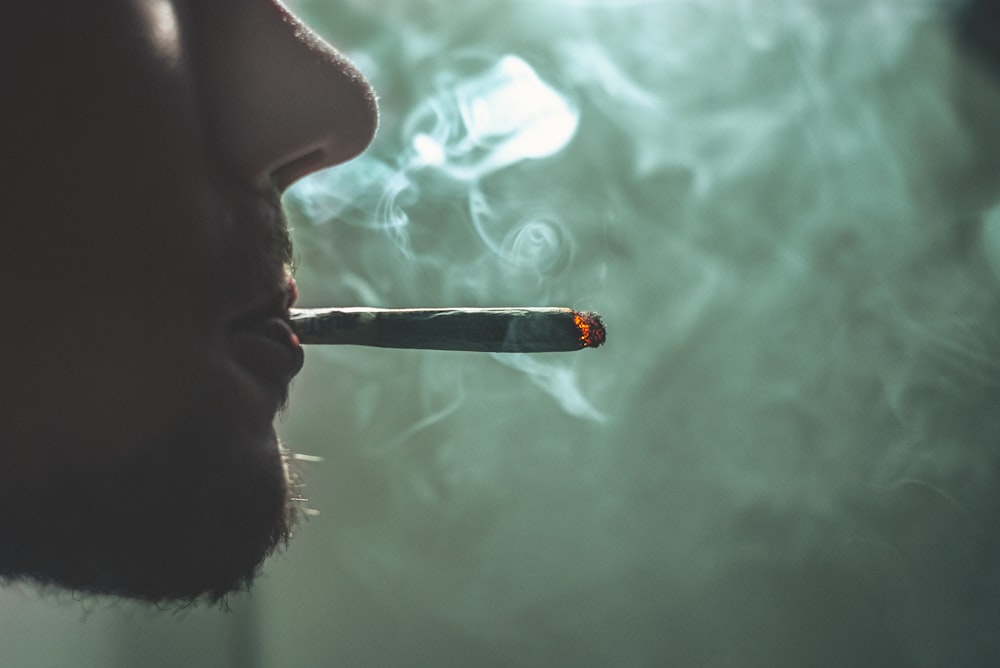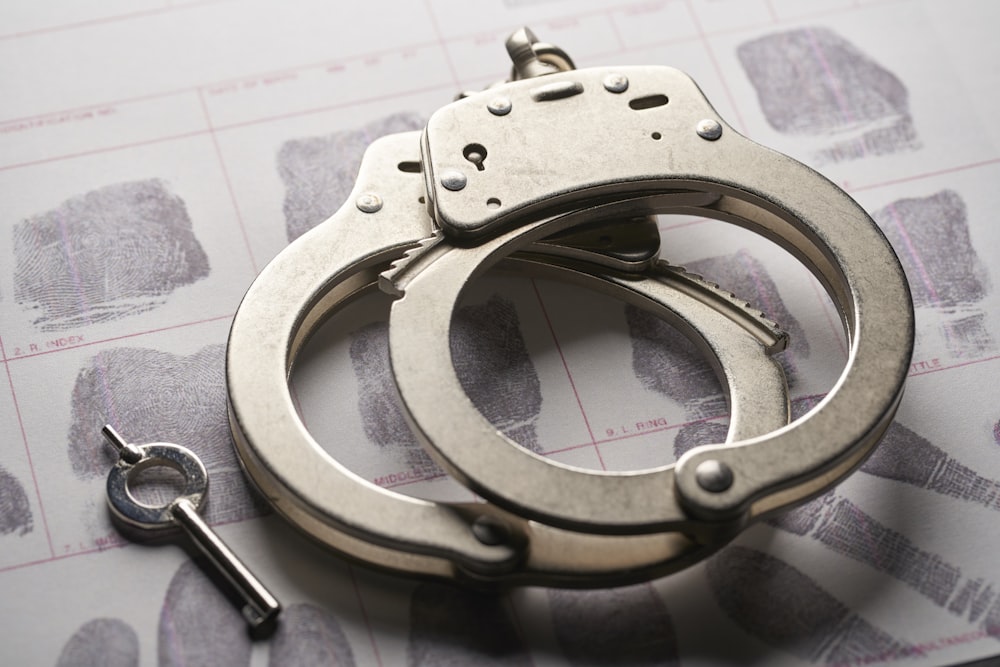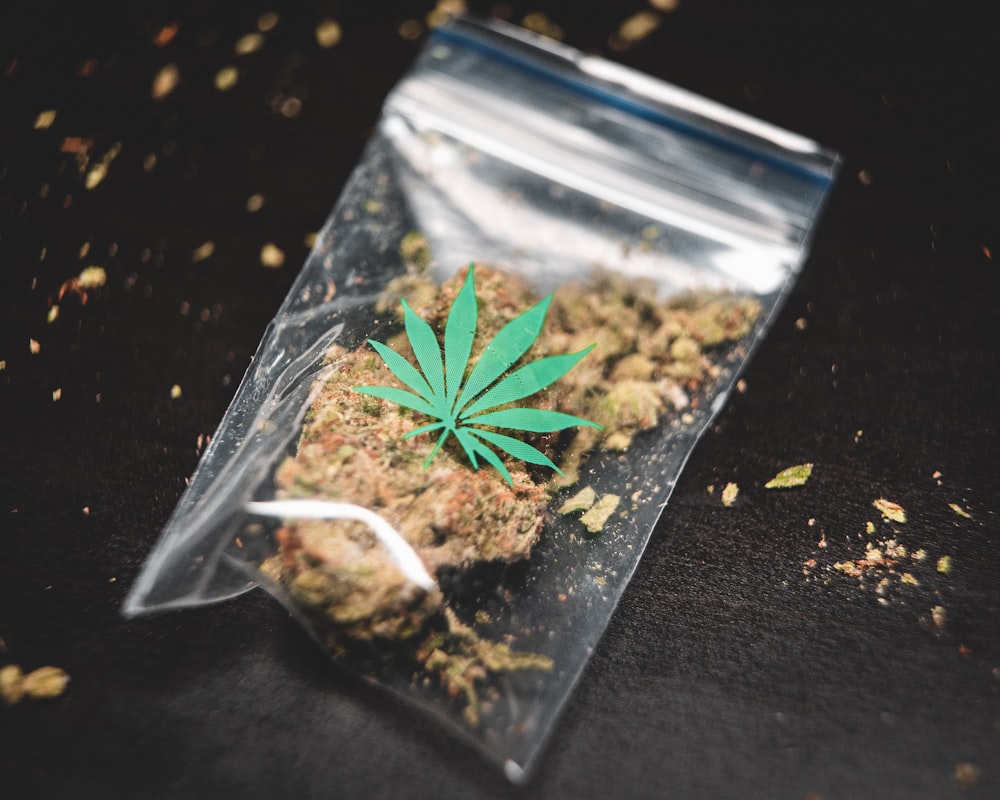When Does a Drug Charge Become a Felony?
A misdemeanor charge is considerably easier to deal with than a felony charge, as felonies tend to come with much longer incarceration times, fines, and lingering consequences. The point when a drug charge cross over from a simple misdemeanor to a defending a felony charge has to do with how much there is, what kind of drugs, and whether it was being sold or trafficked. Possession of a drug is much more likely to be a misdemeanor than when drugs have been transferred from one person or place to another. Here’s some details about how much and what scenarios constitute as a felony conviction.
Drug Schedules
The way the system regulates the types of controlled substances is through categorizing drugs into certain “Schedules.” Starting at Schedule I with the most dangerous drugs, the list goes down to Schedule V, which are drugs that aren’t as severe and may even have medical benefits to them. Being caught with a Schedule I drug is likely to result in a felony charge. Here’s where each drug lies within these categories.
 Photo by Washarapol D BinYo Jundang on Pexels.com
Photo by Washarapol D BinYo Jundang on Pexels.com
Schedule I
These drugs have a high risk of being abused and offer no real medical value, at least according to the U.S., meaning there’s no reason someone should be in possession of these drugs without the intent of abusing them. These drugs include:
- Heroin
- LSD
- Marijuana
- Ecstasy
- Quaaludes
- Peyote
It’s interesting to note here that marijuana is still considered a Schedule I drug. As more medicinal benefits are coming to light and more and more states are legalizing it, it appears that courts and law enforcement are becoming more lenient with this charge, ranking it somewhere lesser than drugs such as meth or cocaine, even though they’re technically a lower Schedule. Many supporters of the drug are actively looking to lower the drug’s ranking, especially as many are becoming or already are imprisoned for marijuana possession.
Schedule II
Schedule II drugs are not looked at as drugs that are abused as often; however, they do often come with unwanted psychological effects and dependency leading to addiction. More often than not, these are the drugs that are going to be the most dangerous to use, damaging people physically and psychologically. Some of these drugs are:
- Vicodin
- Cocaine
- Meth
- Demerol
- OxyContin
- Fentanyl
- Adderall
- Ritalin
Schedule III
The severity of this category drops quite a bit from Schedule II drugs, as they have a more moderate risk of abuse. They often have some kind of medical value, leading them to be a lesser charge. These drugs include:
- Tylenol with Codeine
- Ketamine
- Steroids
- Testosterone
 Photo by Pixabay on Pexels.com
Photo by Pixabay on Pexels.com
Schedule IV
These drugs are much less likely to be abused or lead to dependence. Often, these are prescribed by a doctor, and it’s getting caught without a prescription that results in a charge. Schedule IV drugs can be:
- Xanax
- Valium
- Ambien
- Tramadol
Schedule V
Schedule V drugs are considered the least dangerous of the group, usually being used as an antidiarrheal, cold medicine, or an opioid. However, the “drug” parts of these drugs are usually much less than their “real” drug counterparts. They include:
- Robitussin
- Lomotil
- Motofen
- Parepectolin
Drug Possession
The two conditions of a scenario where someone is caught with drugs on their possession that determine the severity of the charge is the amount and what type of drug it is. Lesser drugs like marijuana are going to come with less charges than something more serious such as meth. However, an extremely large amount of marijuana could come with a higher consequence that having a little bit of meth. Other aspects of the case they may consider are where the drug possession occurred (for example, it’s a harder penalty if it’s on school property), and if you’ve had previous charges.
It’s also notable that while all of these drugs are controlled substances, possession of them isn’t necessarily a crime. There are instances where it is perfectly legal to be prescribed the drug or use it for a scientific study. The issue, however, comes when the substance is not being controlled by a doctor or someone else qualified to direct usage. There is also the problem that some of these drugs are deemed to have no medicinal or research benefit, meaning that there is no instance when it is legal to be in possession of the drug.
What Qualifies as Possession?
Typically there are two things that are going to have to be proven to charge someone with possession of a controlled substance. They must first show evidence that the individual knew that the drugs were in their possession, and they intended to use them. Then, it must be certain that the drugs were actually in their possession, somewhere in or at their property or on their person.
Additionally, if there’s evidence that more than one person was in possession, such as marijuana being in a home with multiple people, and that they were all knowingly in possession of the drug, more than one person involved can be charged with possession.
Prison Time and Fines
The consequences are going to vary from state to state based on their own unique drug laws. However, incarceration time is most likely going to be longer than a year and a $500+ fine. The amount of time and money or even community service or other punishments that will accompany a felony charge of drug possession will depend on criteria discussed, such as how much, what type of drug, and any previous offenses. They may also require rehabilitation.
Drug Distribution
Distribution differs from possession in the fact that distribution is a felony, no matter the amount or type of drug. The difference is usually determined by the amount on the person, as large amounts of drugs that can be assumed are not for personal use will lead to an intent to distribute charge, regardless of whether that was the actual intention or not.
What Qualifies as Distribution?
Obviously, if someone is caught in the act of selling drugs, that will be a felony charge. However, different ways that one can distribute drugs include not only conventional sales, but also by shipping through mail, transporting drugs by any type of vehicle, giving drugs without payment, or even simply advertising or coordinating the sale. Having large amounts of cash or tools that are indicative of a sale can lead towards this conviction as well.
Prison Times and Fines
Much like drug possession, the consequences will often rely on the following considerations:
- How much was in possession
- The type of drug
- Prior history
- If weapons were involved
- If children were involved
- The location
Punishment for this felony can start at a year in prison and a smaller fine, all the way up to life and $250,000, depending greatly upon these factors and the schedule of the drug. This will generally be handled by the state system, unless the drugs were being sold or transported across state lines or on federal property. Once the drugs are transported, it crosses over to the next category: drug trafficking.
Drug Trafficking
Drug trafficking doesn’t only include the transfer of drugs over state lines. Trafficking drugs covers quite a few types of charges that could arise, ranging anywhere in the process of the production and distribution of drugs. What’s most likely to take a drug charge from a lesser charge to trafficking is the amount that they have.
What Qualifies as Trafficking?
A drug trafficking charge can come from cultivating, manufacturing, selling, and distributing controlled substances. Beginning with cultivation, this is when someone is growing or has the materials to grow plants that are used as drugs. Any proof that someone intended to grow the substance is going to qualify as drug trafficking, especially if there’s a large amount of it. Manufacturing will include creating controlled substances like meth or cocaine, and again, just having the materials is enough for a charge.
Selling and distributing drugs in this case is usually going to be determined by the amount that they have, as having a considerable amount can indicate that there is a larger production going on than simple distribution, and it’s likely the drugs will be trafficked across larger distances, affecting more people.
This also requires proof that there was knowledge of possession of the drug, materials, or any paraphernalia that may lead them to believe trafficking drugs is intended. Whenever the drugs cross state lines or occurs in more than one state, the conviction will be a federal one instead of a state matter.
Prison Time and Fines
The biggest factor that will determine the consequences is the amount involved. Additionally, any injuries to others that occur and possession of weapons will be considered; however, these may also lead to additional charges. As the others, they will also consider past convictions and especially the individual’s role in the operation.
These convictions are typically the worst punishments, involving prison time from a year to life and fines often ranging from $25,000 to $10 million. They will also often serve probation after release. When it comes to parole, these harsher charges might come with a minimum time served before they can be released on parole for good behavior.
Driving Under the Influence
While DUIs are most often referring to driving while under the influence of alcohol, it is also possible to receive a felony charge for driving under the influence of a controlled substance or even perfectly legal, prescribed medication.
What Qualifies as a DUI?
When it comes to alcohol, it’s illegal to drive with a blood-alcohol concentration of around 0.08% in most states, which is usually proven using a breathalyzer test. However, when it comes to any other drug use, it’s nearly impossible to indicate an amount in the body at the moment that they are pulled over for driving under the influence. Instead, they can use body language and other signs, such as rapid eye movement, slurred or confusing speech, or an inability to walk properly. It can also be measured by a urine or blood test.
How Do Drugs Impair Driving Ability?
Certain drugs obviously cause certain symptoms, but most of them, even in a small amount, can make driving much more difficult and dangerous. Here are some of the symptoms that common drugs come with that will make it irresponsible for someone to drive and may make it obvious to law enforcement that they are intoxicated.
Marijuana – This drug will cause disorientation, paranoia, increased heart rate, inability to see clearly, and can alter your perception of time and space.
Cocaine – Cocaine can make the user overly excited, dizzy, disoriented, irritable, and paranoid.
Meth – This will also make someone overly excited, but also cause them to have hallucinations or delusions, an inability to sleep, and little to no impulse control.
Morphine and Heroin – These come with drowsiness, a feeling of being disconnected from the moment, an inability to think properly, lower heart rate, feeling sick, and lowered reflexes.
LSD – This drug comes with vivid hallucination, delusions, lack of depth, time, and space perception, and shaking.
Antidepressants – Even these can cause sedation that makes it difficult to drive safely.
Valium – This can easily make one feel even more intoxicated than a BAC above the legal limit.
Antihistamines – These sedating pills lead to a slower reaction time and impaired coordination.
Decongestants – Caution must be used with even the simplest over-the-counter cold medicine, as they’re likely to cause drowsiness.
Sleeping Pills – Being aware of these even the morning after taking a sleeping pill is essential, as drowsiness can linger.
Vicodin and Oxycodone – These cause extreme disillusions and impaired brain and motor functions required for driving.
Prison Time and Fines
This is more likely to be a felony if it’s your third or fourth time caught driving under the influence. Punishment will also be more severe depending on the amount of alcohol or drug in your system, whether anyone was harmed or killed, if children were in the vehicle, and just how much recklessness or damage occurred. Prison time will begin around a year and fines can reach thousands of dollars.
What if It’s Legal in my State?
There are now 33 states that have passed laws making marijuana legal in some way. Most states have only passed it for medicinal reasons, yet there are 11 states that allow recreational use. This doesn’t make it completely safe, however, even in the most lenient of states. Marijuana is still illegal federally, and it is possible to be charged in a legal state if your charge crosses the line into federal territory, typically involving the transport of drugs over state lines.
Making the drug legal for medicinal use allows users to have the drug only with a doctor’s prescription, much like for any other controlled substance. This also allows for the cultivation and manufacturing for medicinal purposes. When it’s also allowed recreationally, it’s similar to alcohol usage: It’s still regulated, and you still must use it responsibly to avoid arrest. However, as long as you’re using your medicine or recreational drug (depending on state laws) responsibly, buying from legal channels, of age (if necessary), and not putting others in harm, it’s not likely that you will be charged with a felony, or even a misdemeanor. Also, be sure to be completely aware of all the specific laws for your state before using.
Overall, it comes down to the fact that it could technically be federally pursued, but there have been actions put into place to discourage this in states that it is being used legally. In June of 2019, Congress passed a measure that does not allow the Department of Justice to interfere with these states that have passed laws legalizing marijuana in their states.
 Photo by Pixabay on Pexels.com
Photo by Pixabay on Pexels.com
The biggest factors that turn a misdemeanor drug charge into a felony are the type of drug, amount, and prior convictions. Prison time and fines will vary greatly from case to case, as all aspects of the incident are taken into consideration when making a decision. The different schedules of drugs are important to know, as it will impact the severity of the punishment depending on how serious the drug is classified by the government.
The charge will more likely than not be handled within the state, unless drugs have crossed state lines. It will also depend on the type of drug charge, as possession is a lesser charge, while trafficking is a much more serious one. While it is legal in some states to use marijuana, it is still especially important to ensure that all laws are being followed completely, and that driving is not done while intoxicated. Drug possession, distribution, trafficking, and abuse are all serious crimes that can result in felonies with harsh punishments and long lasting consequences.





